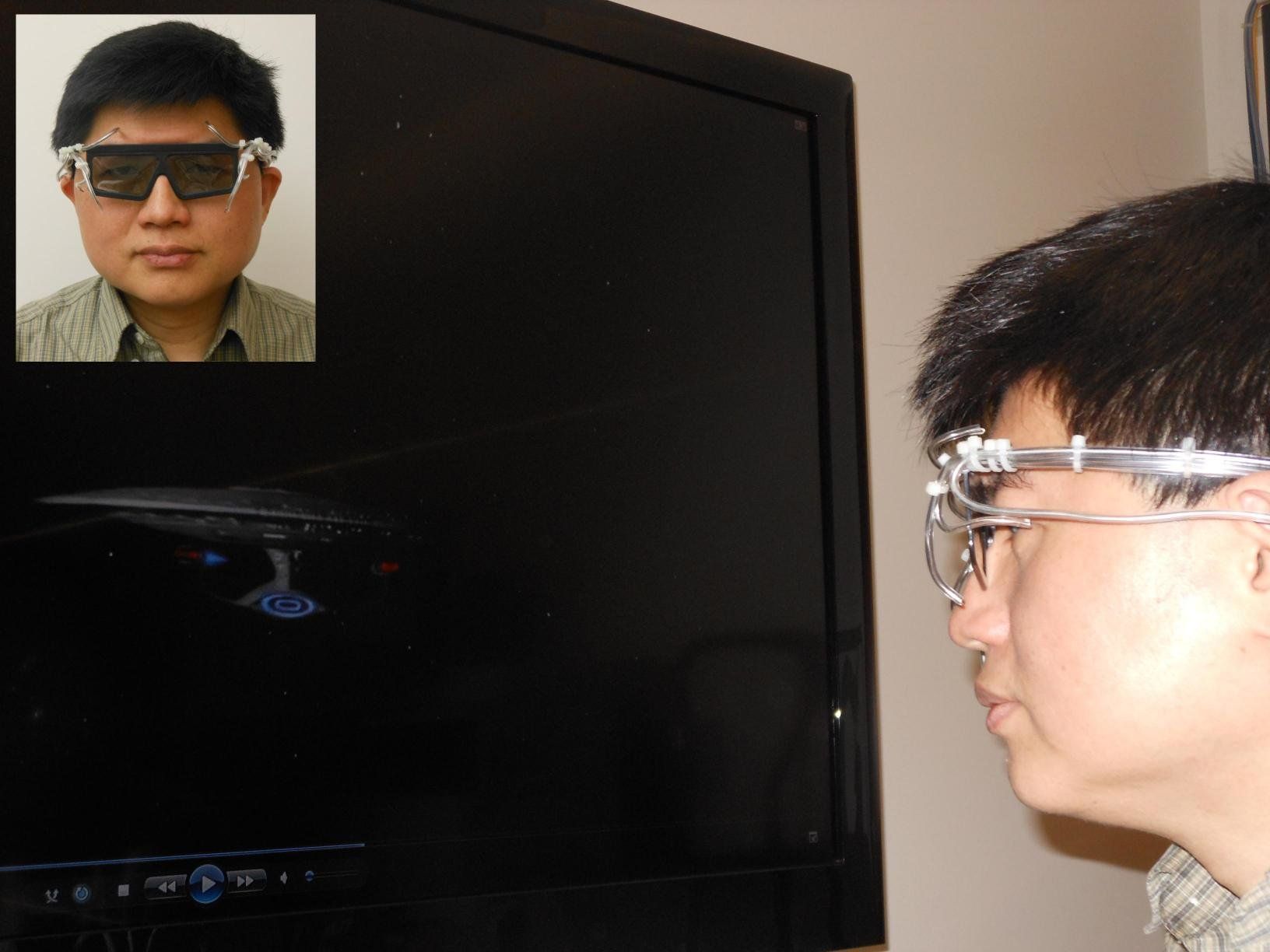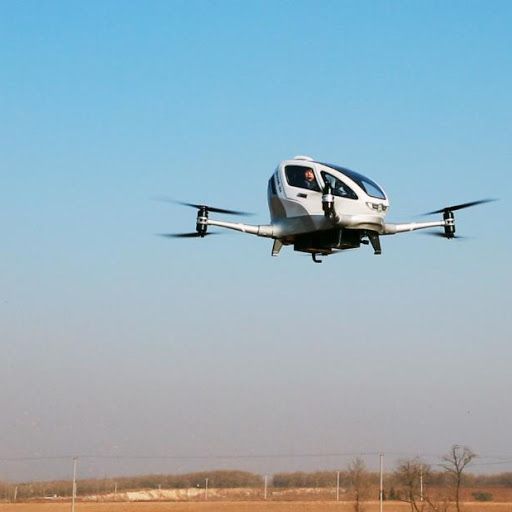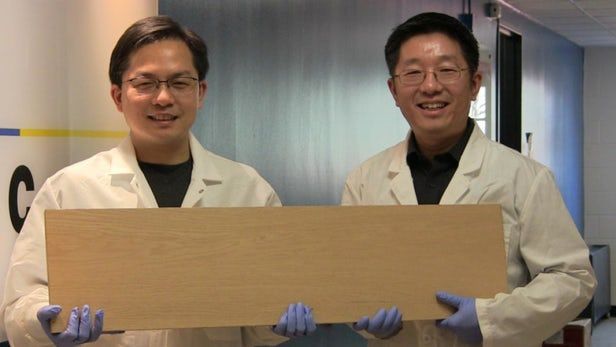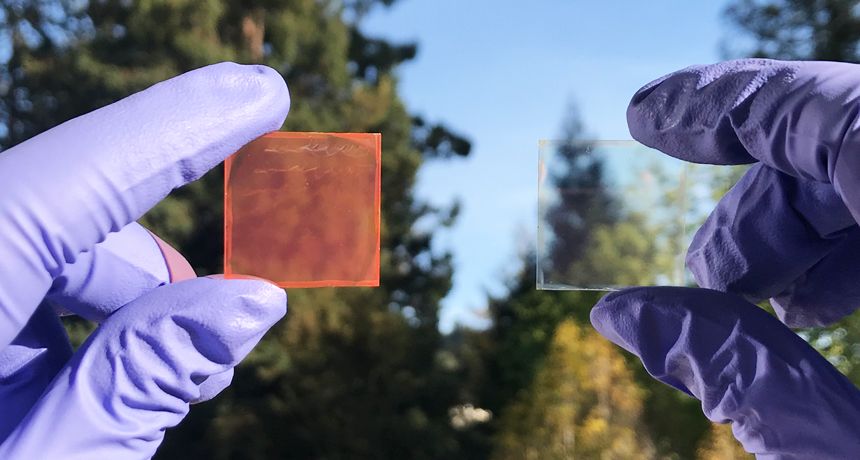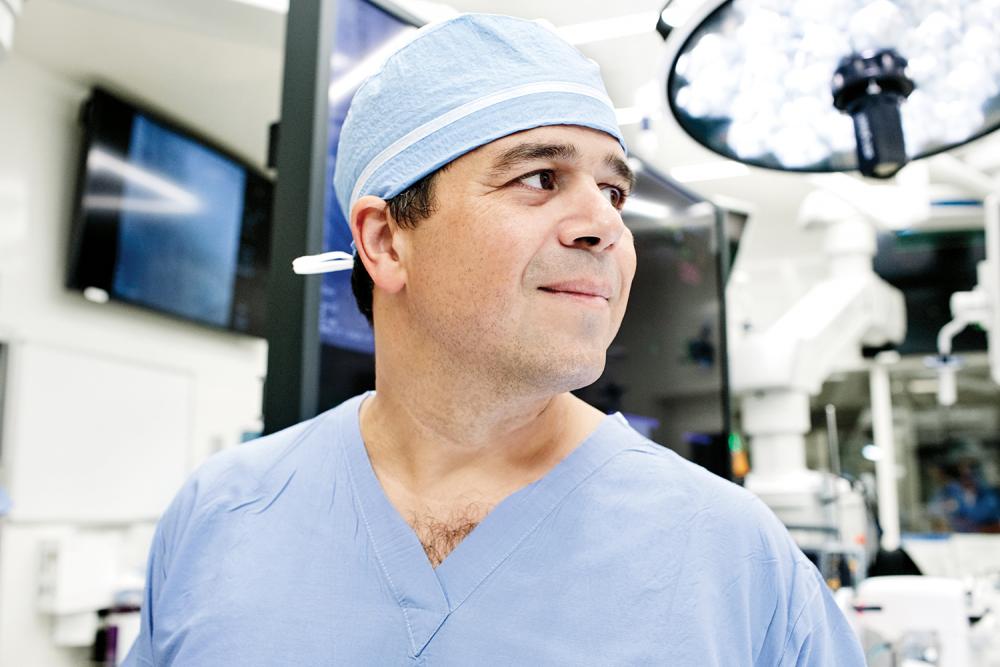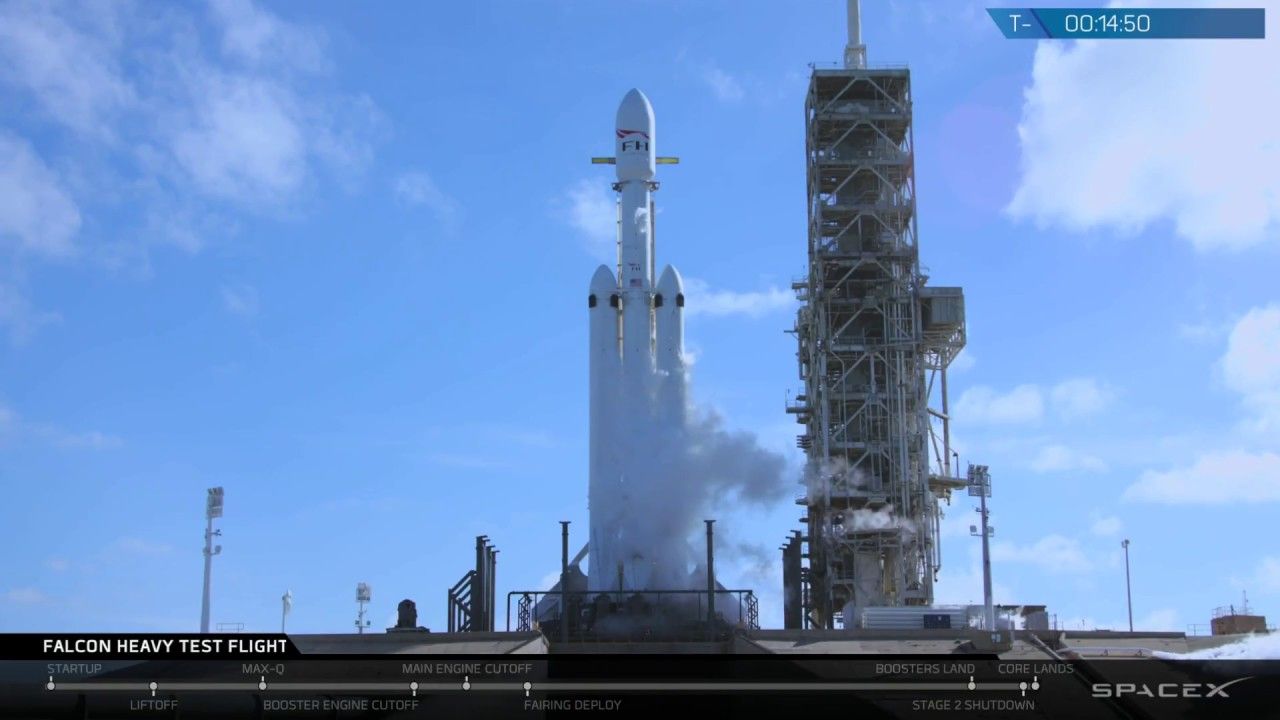Feb 8, 2018
New ‘4D goggles’ allow wearers to be ’touched‘
Posted by Saúl Morales Rodriguéz in categories: entertainment, media & arts, neuroscience, space travel, virtual reality
A team of researchers at UC San Diego and San Diego State University has developed a pair of “4D goggles” that allows wearers to be physically “touched” by a movie when they see a looming object on the screen, such as an approaching spacecraft.
The device was developed based on a study conducted by the neuroscientists to map brain areas that integrate the sight and touch of a looming object and aid in their understanding of the perceptual and neural mechanisms of multisensory integration.
But for the rest of us, the researchers said, it has a more practical purpose: The device can be synchronized with entertainment content, such as movies, music, games and virtual reality, to deliver immersive multisensory effects near the face and enhance the sense of presence.
